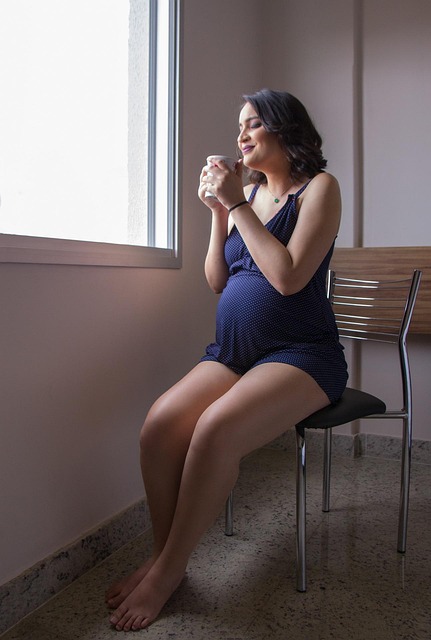When my partner and I began our journey toward adopting from China, we faced a daunting six-year wait for a child. Initially, it felt as if our adoption hopes were dashed, but our agency introduced us to the special needs program, which offered a significantly shorter wait time. My initial response was a resounding no.
I admit, the term “special needs” intimidated me. I believed that such challenges were for those uniquely equipped to handle them, echoing the notion that “God doesn’t give you anything you can’t handle.” Although I knew there were families who embraced parenting children with special needs, I didn’t consider ourselves to be one of them. However, rather than retreating in fear, we committed to understanding what we were potentially rejecting.
The conditions categorized under China’s special needs adoption program vary widely, from minor issues, such as a missing thumb, to more complex medical conditions like Spina Bifida. Families have the option to select the specific medical needs they feel comfortable addressing. After conducting thorough research and taking a leap of faith, we decided to embrace special needs adoption.
It’s fascinating—and sometimes challenging—to grasp how different cultures classify minor physical differences as special needs. I mention this not to criticize the Chinese perspective but to encourage others to reconsider their perceptions regarding special needs adoption.
Early in our preparation, we received a list of various medical conditions, and one of the items was “limb differences.” Unsure of its implications, I consulted Dr. Google. I learned that limb differences can involve congenital absence or malformation of limbs, often with unclear causes. I thought, “We can manage this,” and checked the box indicating our willingness to consider it. A few weeks later, I found myself captivated by a photograph of a seventeen-month-old boy with a congenital hand abnormality.
Fast forward to today, my son is now four years old and missing his right hand, which consists of a stub and four finger nubs. As a typical energetic boy, he keeps me on my toes, prompting me to say things like “Get down!” and “Don’t touch!” countless times a day. He climbs ladders, catches balls, and opens anything he shouldn’t be touching. He can be a little mischievous, often teasing his younger sibling or swiping my Kindle to use as a baby doll, smeared with lotion. Despite his physical difference, I have never once considered him “handicapped.”
My son is learning to adapt his environment to suit his abilities. While buttons and shoelaces can be tricky, he has already mastered push-ups at the age of four. I have complete confidence that he will accomplish whatever he sets his sights on.
The most challenging aspect of raising a child with a limb difference is navigating my reactions to the stares and comments from others. Children are naturally curious and will often inquire about his condition. Most adults can deduce that it’s a congenital issue, while kids tend to accept my explanation that “this is how he’s made” and continue to play without hesitation.
Occasionally, we encounter rudeness or ignorance. For instance, a seven-year-old once exclaimed loudly about my son’s hand, and a woman on the bus reacted as if she had seen something grotesque. It’s difficult to remain calm in such situations, and while my instinct is to defend my child, I recognize that shielding him from every ignorant comment might not be beneficial in the long run. He must learn how to navigate a world where not everyone is understanding or kind.
His limb difference is not something that can be “fixed.” While future advancements may offer solutions, for now, we are choosing to wait until he is older to discuss options like prosthetics. He refers to his hand simply as his “little hand,” and he is proud to share it with those who are curious. If asked, he explains, “It’s just my little hand,” before transitioning to complimenting someone’s outfit or asking for candy. Sometimes we humorously refer to it as his “lucky fin,” inspired by a beloved character. Disney has provided a relatable role model for children with limb differences, offering a refreshing alternative to less favorable representations.
In summary, navigating the world of special needs adoption and raising a child with limb differences involves a blend of learning, adaptation, and resilience. It is essential to foster an environment where differences are acknowledged, accepted, and celebrated.
Keyphrase: Special Needs Adoption Limb Differences
Tags: home insemination kit, home insemination syringe, self insemination
